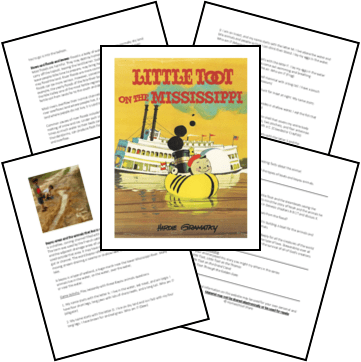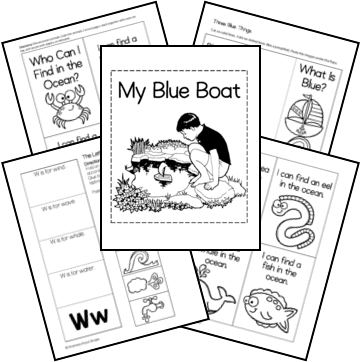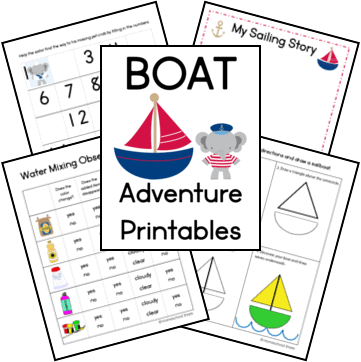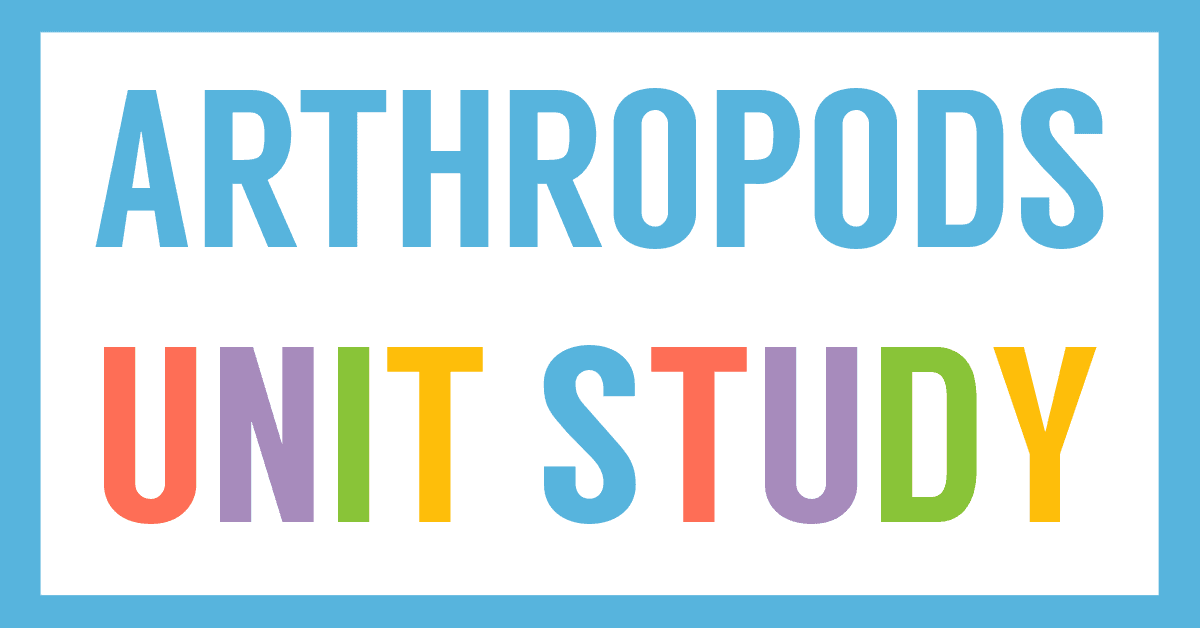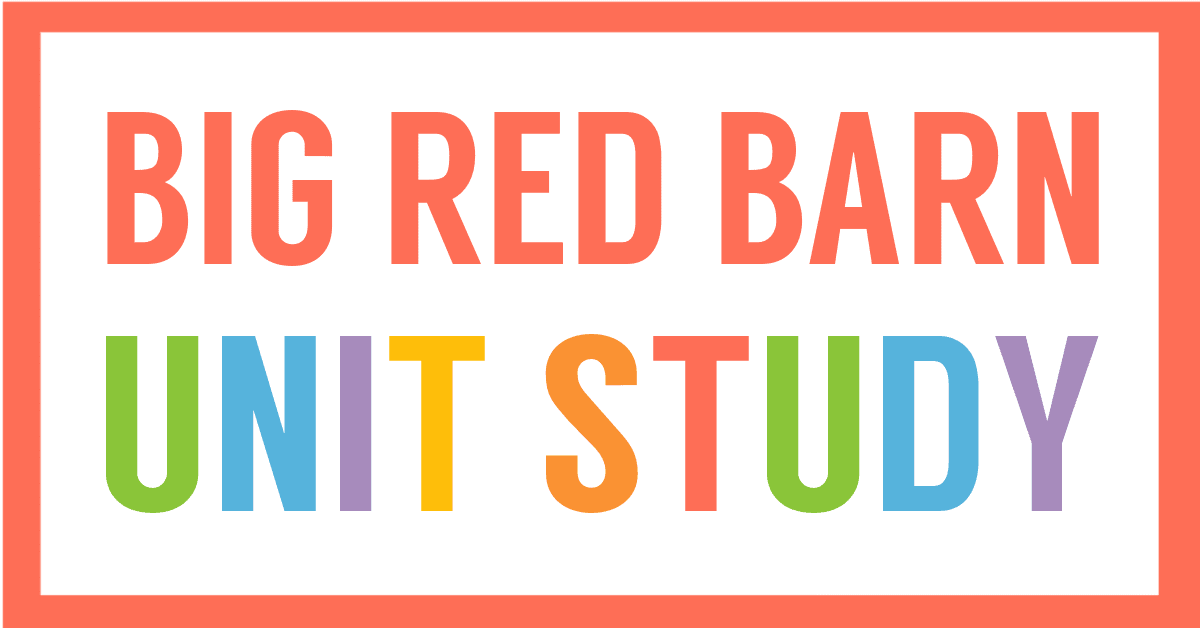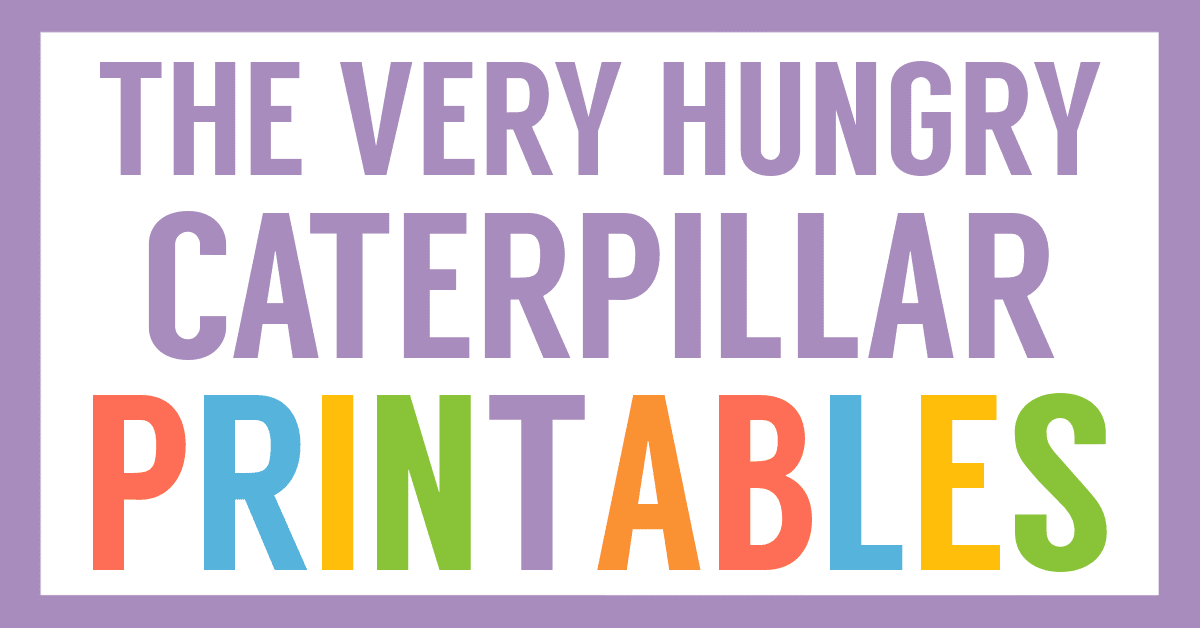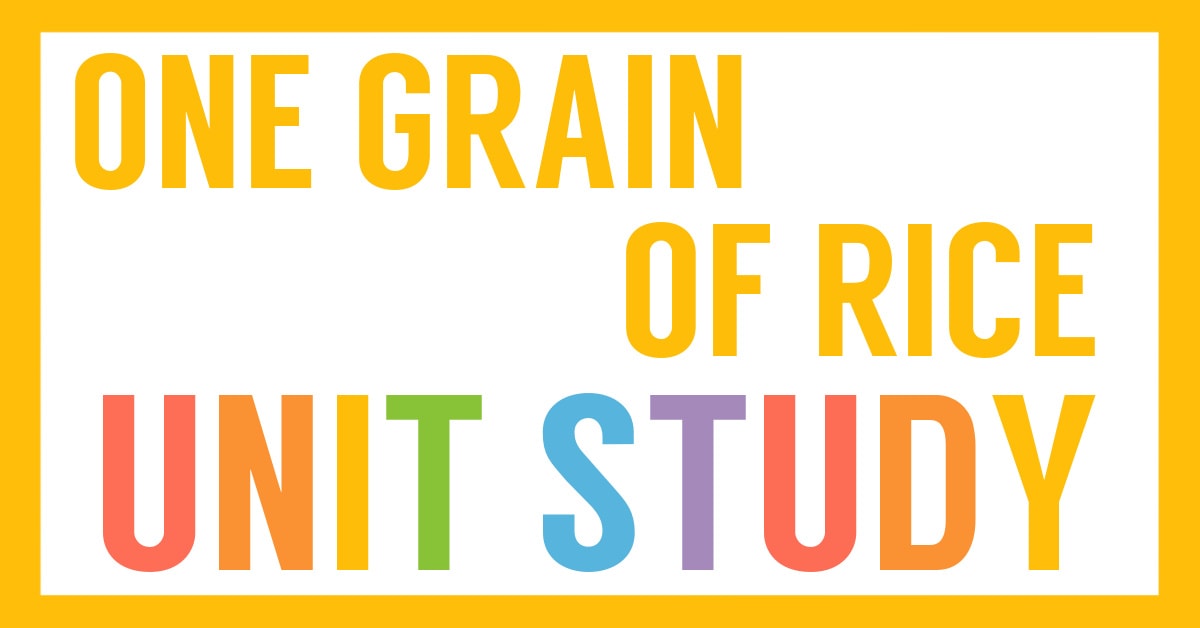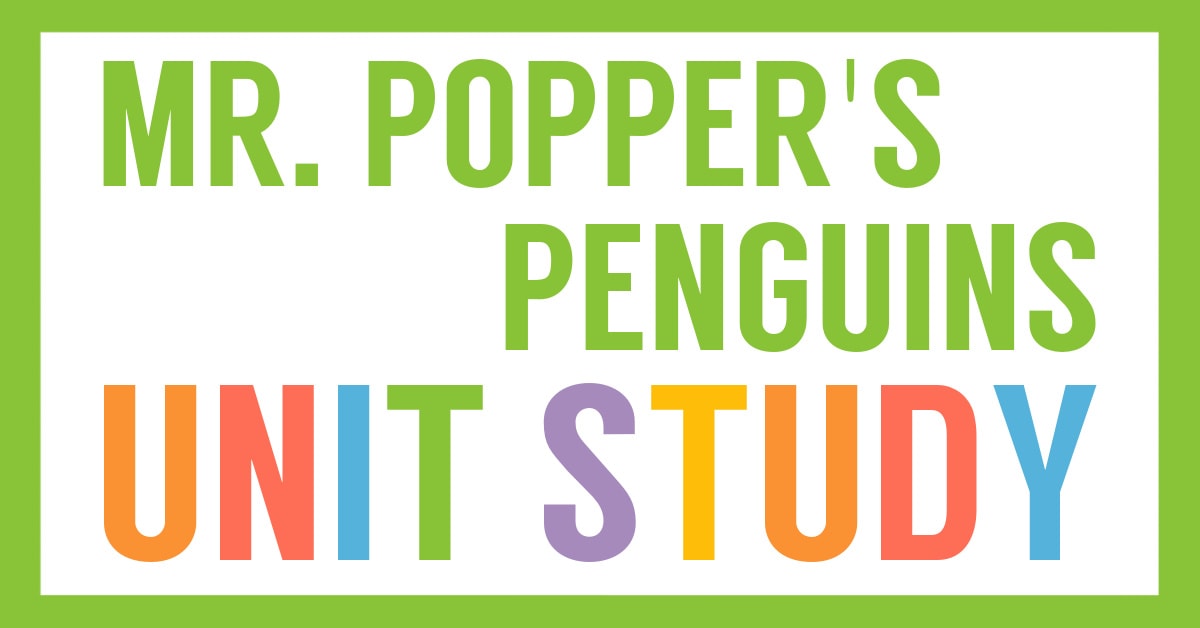Affiliate Disclaimer
We sometimes use affiliate links in our content. This won’t cost you anything, but it helps us to keep the site running. Thanks for your support.
In this Little Toot book, the beloved boat finds the old steamboats just in time to urge them out of retirement to save the bayou animals from the flooding Mississippi.
Our Little Toot on the Mississippi unit study dives into lessons about the Mississippi River, family relationships, Robert Fulton (and the invention of the steamboat), and more!
Thanks to Esther Glenn for preparing this Little Toot on the Mississippi unit study.
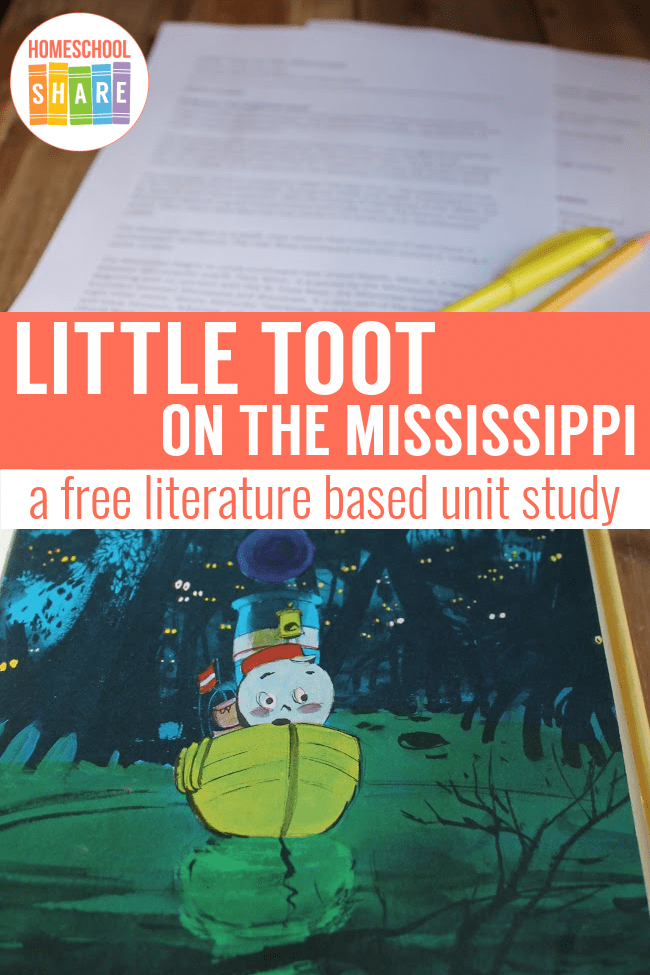
Little Toot on the Mississippi Unit Study Lessons
This unit study includes lessons and activities based on the book Little Toot on the Mississippi by Hardie Gramatky.
Here is a sample of the lessons found in this Little Toot on the Mississippi unit study:
History: Inventions that Changed the World
Discuss with your student the ways inventions and inventors have changed the world. Walk around your home and point out all the inventions you see: light bulbs, electricity, the computer, television, washing machines, dishwashers, dryers, air conditioning, heaters, stove, telephone, cell phone, etc. Ask him how our lives would be different without this invention.
Also discuss ways to use an invention to make things better. Robert Fulton did not invent the steamboat, but he used the technology to make travel easier and faster than ever before.
You could also discuss how times change and inventions/styles/things also change and some are even abandoned–like the steamboats were.
Art: Viewpoint
Many pictures show the river from above and some show the river as if we were sitting in it ourselves. Have your student draw the same thing from a different viewpoint. For example: Draw the scene you see when you look out of a second story window then go down and draw the same scene while sitting on the grass/ground. Discuss how these pictures are different and the same.
Science: Bayou
Bayou (pronounced BY oo or BY oh) is a shallow, curving channel filled with slow-moving, sometimes stagnant water. The term was used by the French settlers of the lower Mississippi River, its delta, and the adjacent drainage areas of Louisiana, Texas, and Mississippi. It is seldom used outside that area. It may have derived from the French word boyau, meaning gut or channel. The word bayou refers to an abandoned river channel; a slow-moving stream draining a swamp or shallow lake; or an oxbow (horseshoe-shaped) lake.
A bayou is a type of wetland, a huge marsh near the lower Mississippi River. Many animals live in the water, on the water, over the water, or near the water.
You can grab a copy of the entire Little Toot on the Mississippi unit study in an easy-to-print file at the end of this post.
How to Get Started with the Little Toot on the Mississippi Unit Study
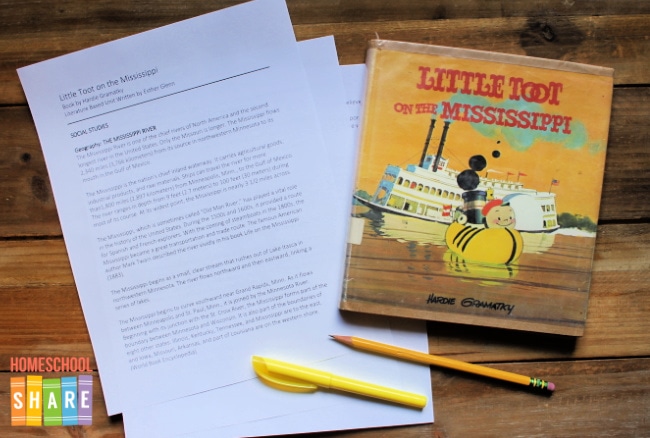
Follow these simple instructions to get started with the Little Toot on the Mississippi unit study:
- Buy a copy of the book, Little Toot on the Mississippi, or grab one from your local library. Note: This book is hard to find, but you might be able to use your library’s interlibrary loan services in order to borrow it.
- Print the Little Toot on the Mississippi unit study.
- Choose the lessons you want to use with your student (a highlighter works great for this).
- Enjoy a week of book-based learning with your student.
Download Your Little Toot on the Mississippi Unit Study
Simply click on the image below to grab the free unit study.

